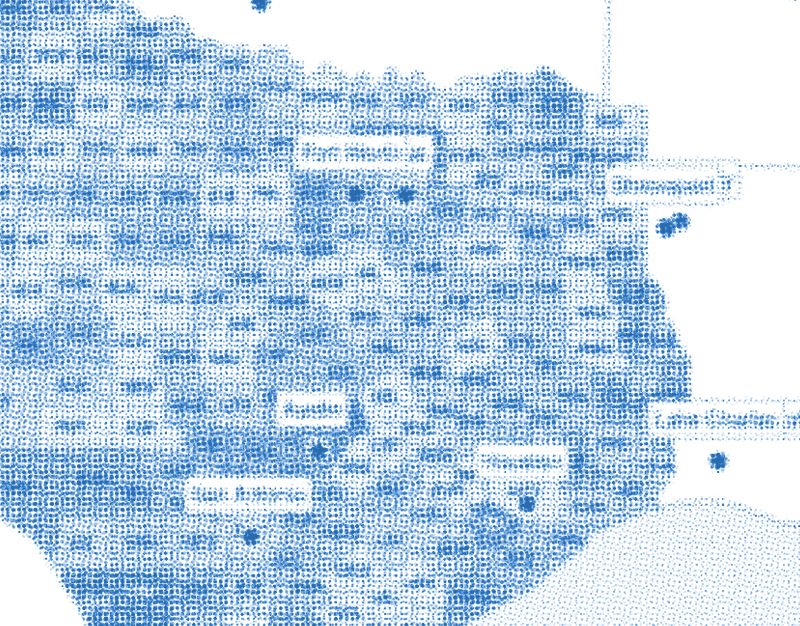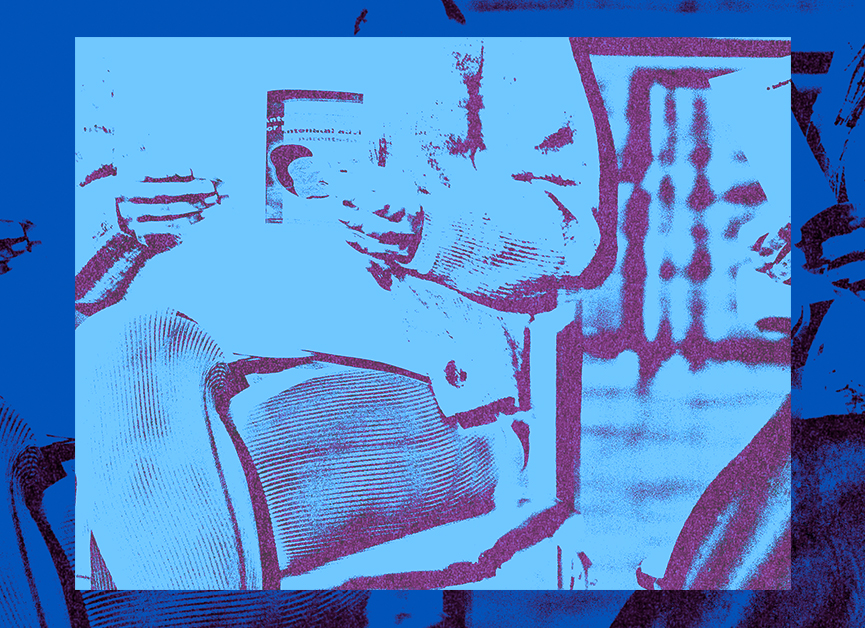BRIANA MARTIN | EHF

Foundational to our work at EHF is convening stakeholders across the state to discuss and explore important topics in health and health care. Our aim was to bring together community paramedicine practitioners, funders, and advocates to explore the various possibilities for implementing and sustaining community paramedicine across Texas.
What is "community paramedicine"?
Community paramedicine is a growing model of care that expands the role of paramedics beyond the traditional emergency response. This expanded role often includes primary and preventative care with services designed to reduce patients’ need for hospital visits. Additionally, community paramedics coordinate with non-clinical partners to address the non-medical needs of their patients, by offering care coordination, for example.
Read More on Digging Deeper: The Promises of Community Paramedicine: GLOW Evaluation Update,
In Texas, community paramedicine programs are growing as a solution to community health issues, most often including the issue of high utilizers of Emergency Medical Services (EMS). Notably, as a part of the allocation of 2021 federal COVID-19 funds, the Texas Department of State Health Services and the State Office of Rural Health collaborated to pilot community paramedicine programs in rural communities to improve preventative care. As community paramedicine programs continue to expand across the state, it’s important that the implementation and sustainability of such programs are part of state-wide conversations, given the promising impacts they show on community health.
Our full-day convening allowed for rich discussion about the challenges and aspirations for community paramedicine in Texas.
Below are a few key takeaways:
Community paramedicine is not a ‘one size fits all’ approach.
The word ‘community’ in community paramedicine is critical. While it is true that communities need tailored and unique solutions, these solutions also depend on the resources and characteristics of each place. Therefore, the community paramedicine Program may be limited or well-resourced depending on the funding, community support, and infrastructures available to them. In Texas, a common contributing factor is whether a community is urban or rural, which often means varying access to hospitals, community partners, and local funding.
Financial instability is one of the biggest concerns for community paramedicine in Texas.
Currently, Texas Medicaid, Medicare, or commercial health insurance plans don’t broadly practice reimbursing community paramedicine programs for their patient care and activities. The programs often rely on self-funding, grants, or partnerships with hospitals and health care providers to remain operational. Therefore, those who administer the program may not receive adequate funding all the while potentially saving health plans, hospitals systems, and their counties money, making this a classic wrong pockets problem. Meaning, community paramedicine programs are absorbing most of the costs to administer the programs, while another entity –another pocket– is absorbing the benefits.
Data management is a common need for community paramedicine programs across Texas.
Demonstrating the value and impact of programs can be essential in conversations with potential partners. Because of limited resources and other demands, developing the infrastructure, processes, and skillset for maintaining and analyzing patient data is not prioritized in these programs. With that, there is a lack of data documenting return on investment, community impact, and common metrics among programs.
As interventions grow in Texas, traditional EMS must undergo its natural evolution.
Community paramedicine programs are true community-based interventions requiring paramedics, and sometimes other allied health professionals, to work with a variety of organizations and perform a range of tasks like making referrals and educating patients. With this expanded scope of work, more marketing and case-making is needed for community paramedicine to be recognized as an intervention in communities across Texas.
Texas offers a ripe environment for community paramedicine programs to flourish and many opportunities to build and establish this sector were realized at our convening last November. For program implementers, funders, and advocates those opportunities include:
- Create a task force bringing together patrons across the state to build consistency among interventions. Current programs lack the cohesion needed to establish a statewide approach for community paramedicine. Establishing consistency whether through certain standards or outcome measures, can begin to articulate the importance of this body of work across the state.
- Explore sustainable payment models for community paramedicine programs. As the health care system transitions to value-based care (VBC) models from fee-for-service, these programs have the potential to support VBC objectives for health care payors. Optimizing billing codes and increasing reimbursements for these programs can benefit all parties involved while improving communities.
- Engage with managed care organizations (MCOs) to explore possible community paramedicine interventions. Few Texas Medicaid health plans have discovered the advantages of utilizing community paramedicine as a strategy to approach high-utilizers, enhance access to services, and engage with members. Offering this intervention to Medicaid beneficiaries presents an opportunity for MCOs to meet the specific needs of their beneficiaries and close pressing gaps.
- Conduct rigorous evaluations of community paramedicine programs across Texas. Illustrating the impact of these programs, especially as innovations like incorporating community health workers or social workers into the model, can justify the need for these programs in communities.
Community paramedicine programs are true community assets that are designed to address both medical and non-medical needs of patients. The U.S. Centers for Disease Control and Prevention notes how “community paramedicine can integrate health care systems and engage health care practitioners, organizations, community-based services, and others with a shared commitment to improve health care access and outcomes and reduce disparities and costs.”
A notable impression from our convening is that communities across Texas are passionate and enthusiastic about solutions to address the various needs of the places where they live, work, and grow. As highlighted in much of EHF’s research, those needs include high uninsurance rates, healthcare accessibility and affordability issues, and non-medical drivers of health (NMDOH) needs. While the needs may be high, opportunities for improved health policies and NMDOH programs, such as community paramedicine, offer promising outlooks for Texans.
More from Digging Deeper

Four Ways to Use County Health Rankings and Roadmaps
Key Insights & Recommendations for Public Health Leaders and Policymakers When Using the County Health Rankings & Roadmaps

PCHI® Model in Texas
Through national certification, training, and advocacy, PCHI innovates with communities to build capacity to create accountable networks designed to identify risk factors, reduce costs, and advance health for all.

Texas Community Paramedicine Roundtable Takeaways and Opportunities
In November 2024, we collaborated with the Texas Department of State Health Services and the State Office of Rural Health within the Texas Department of Agriculture to host the Texas Community Paramedicine Roundtable. Our full-day convening allowed for rich discussion about the challenges and aspirations for community paramedicine in Texas.